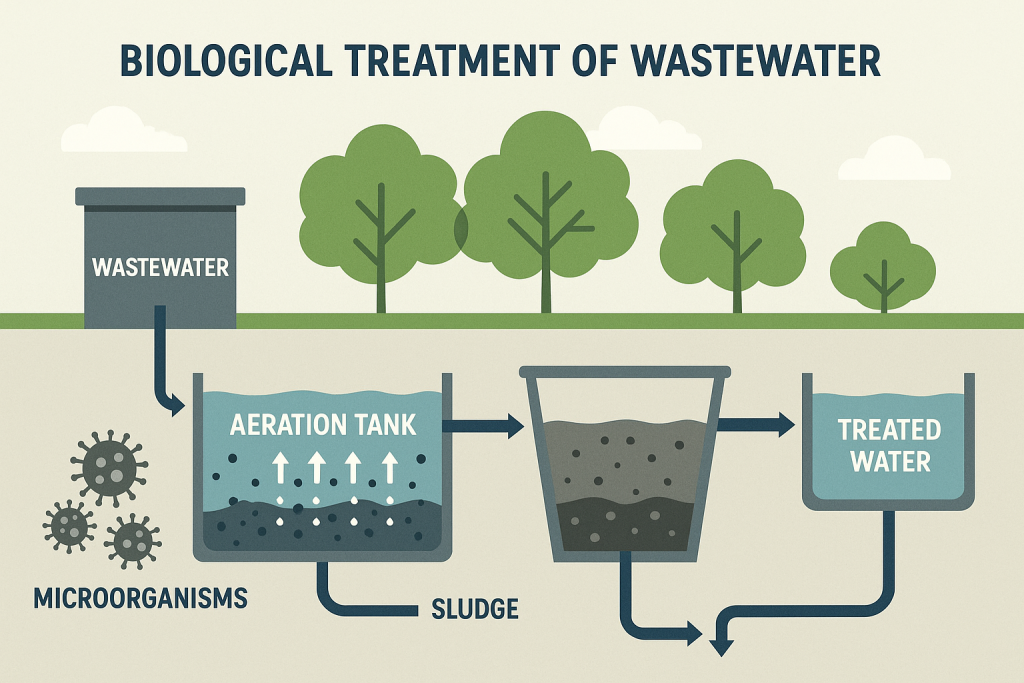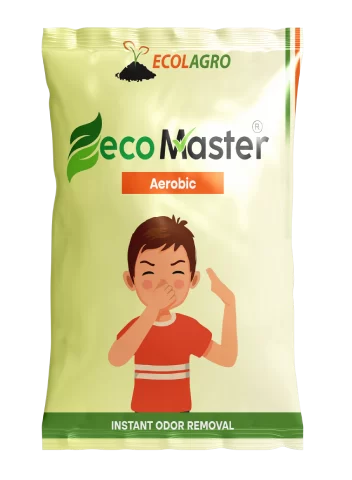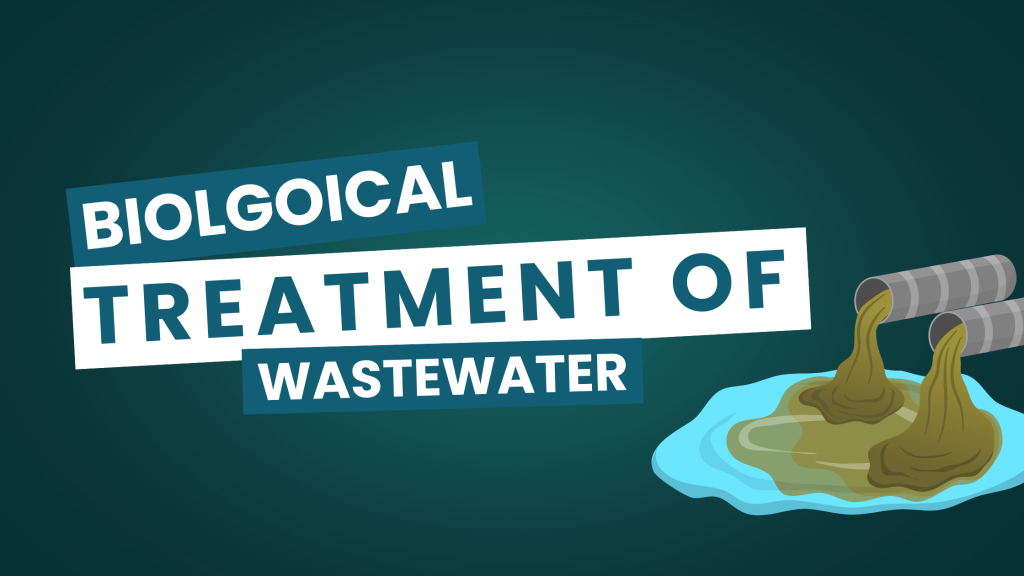Wastewater treatment is a critical process for maintaining public health and protecting the environment. Among the various treatment methods, biological wastewater treatment stands out as an efficient, cost-effective, and sustainable approach. This method uses microorganisms to break down organic pollutants, converting them into harmless byproducts. In this blog, we’ll explore how biological treatment works, its different methods, advantages, and applications.
How Does Biological Treatment of Wastewater Work?
Biological treatment relies on microorganisms (bacteria, fungi, protozoa, and algae) to degrade organic matter in wastewater. These microbes consume pollutants as their food source, converting them into carbon dioxide, water, and biomass. The process can be divided into two main categories:
1. Aerobic Treatment (With Oxygen)
In aerobic systems, microorganisms require oxygen to decompose organic matter efficiently. Common aerobic treatment methods include:
- Activated Sludge Process: Wastewater is mixed with a microbial-rich sludge in an aeration tank. Air is pumped in to support microbial activity, breaking down organic pollutants.
- Trickling Filters: Wastewater is sprayed over a bed of porous media (like rocks or plastic), where biofilm-coated microbes degrade the organic matter.
- Sequencing Batch Reactors (SBR): A fill-and-draw system where aeration, settling, and decanting occur in a single tank in sequential batches.
2. Anaerobic Treatment (Without Oxygen)
Anaerobic processes occur in the absence of oxygen and are ideal for high-strength organic wastewater. Key methods include:
- Anaerobic Digesters: Microorganisms break down organic matter in a sealed tank, producing biogas (methane and CO₂) as a byproduct, which can be used for energy.
- Upflow Anaerobic Sludge Blanket (UASB): Wastewater flows upward through a dense sludge bed, where microbes digest pollutants and release biogas.

Advantages of Biological Wastewater Treatment
- Environmentally Friendly: Uses natural processes instead of harsh chemicals.
- Cost-Effective: Lower operational costs compared to chemical treatments.
- Energy Production: Anaerobic digestion generates biogas, a renewable energy source.
- Effective Organic Removal: Efficiently degrades organic pollutants, reducing BOD (Biological Oxygen Demand) and COD (Chemical Oxygen Demand).
- Produces Less Sludge: Compared to chemical treatments, biological methods generate less residual sludge.
Applications of Biological Treatment
Biological wastewater treatment is widely used in:
- Municipal sewage treatment plants
- Food and beverage industry (e.g., dairy, breweries)
- Pharmaceutical and chemical industries
- Pulp and paper mills
- Landfill leachate treatment
Challenges and Considerations
While biological treatment is highly effective, it has some limitations:
- Sensitive to Toxic Chemicals: Heavy metals and toxic compounds can inhibit microbial activity.
- Requires Proper Monitoring: pH, temperature, and oxygen levels must be controlled.
- Slow Start-Up: Anaerobic systems need time to establish a robust microbial community.
Future Trends in Biological Wastewater Treatment
Researchers are exploring advanced biological methods, such as:
- Membrane Bioreactors (MBRs): Combining biological treatment with membrane filtration for higher efficiency.
- Bioelectrochemical Systems: Using microbes to produce electricity while treating wastewater.
- Microalgae-Based Treatment: Harnessing algae for nutrient removal and biofuel production.
Biological wastewater treatment is a sustainable and efficient way to purify water while minimizing environmental impact. By leveraging natural microbial processes, industries and municipalities can reduce pollution, recover resources, and even generate energy. As technology advances, biological treatment methods will continue to evolve, offering even greener solutions for wastewater management.
Try Ecomaster Aerobic for Biological Treatment of Wastewater
Try Ecomaster Aerobic for the effective biological treatment of wastewater in residential, commercial, and industrial settings. This powerful bioculture formula contains high-performing aerobic bacteria that rapidly break down organic waste, reduce sludge, and eliminate foul odors. Ideal for use in STPs, ETPs, and greywater systems, Ecomaster Aerobic enhances oxygenation and accelerates the natural decomposition process, resulting in cleaner, eco-friendly effluent. Safe, non-toxic, and easy to apply, it’s the smart, sustainable solution for maintaining healthy wastewater treatment systems.


